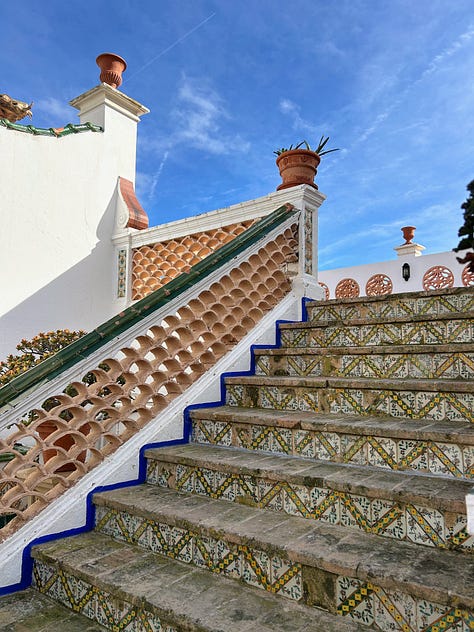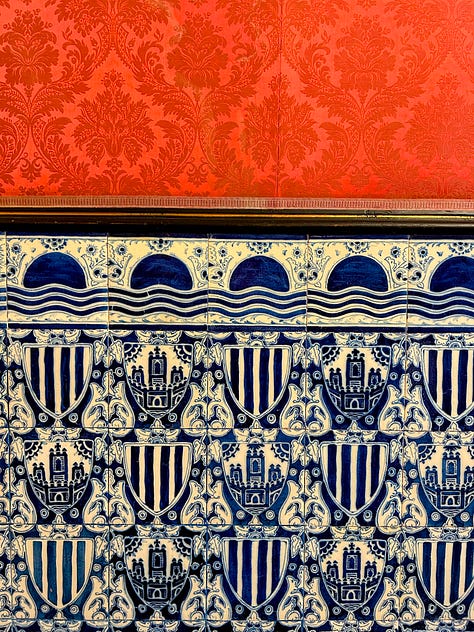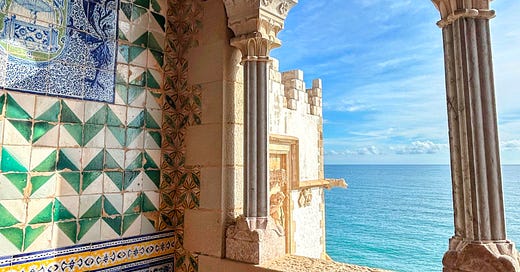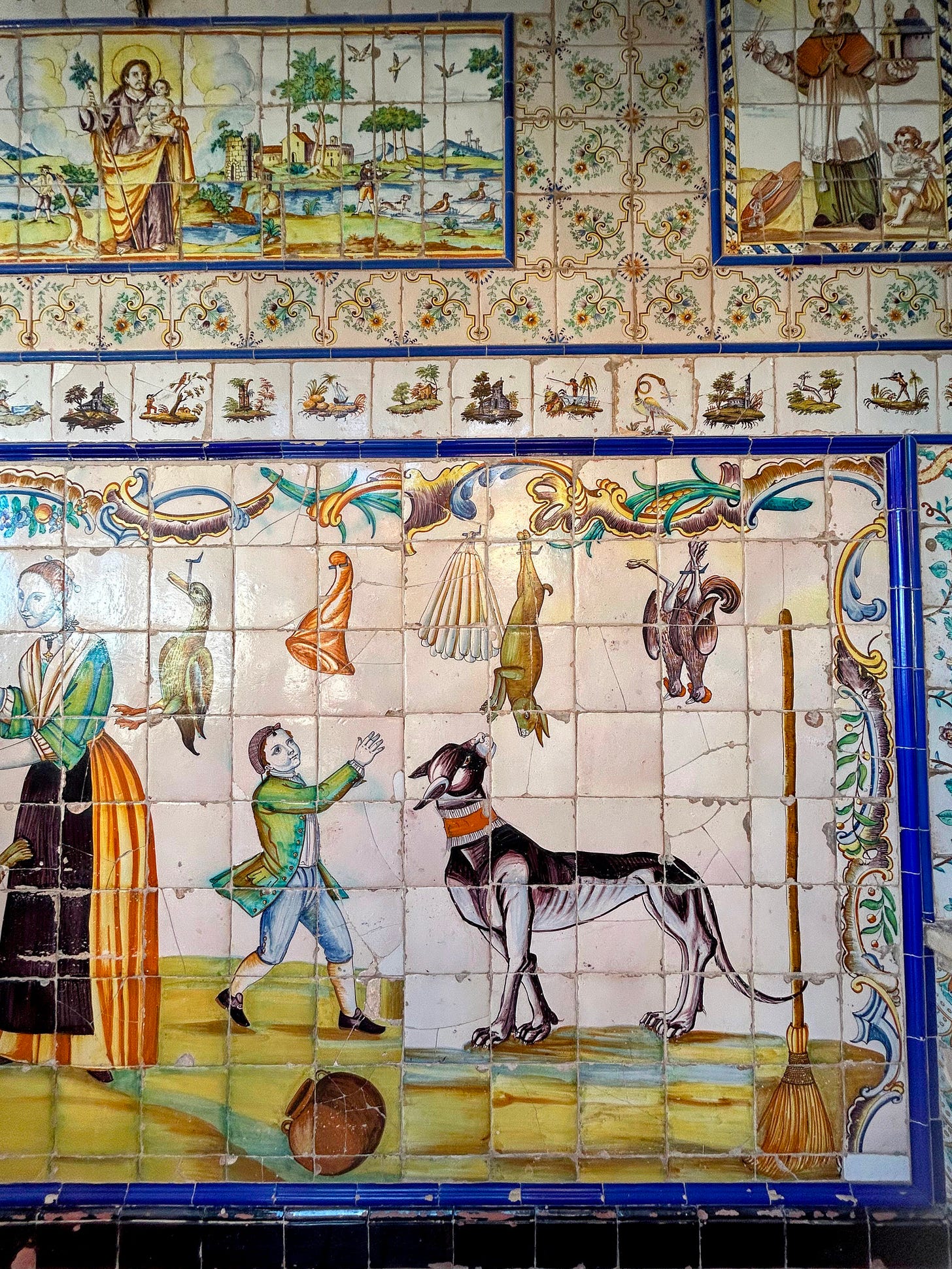The coastal town of Sitges sits just south of Barcelona, easily accessible by train in less than 40 minutes. The origins of its fame are numerous: it is the birthplace of Bacardi rum founder; it holds the annual international horror film festival; it has a well known LGBTQ+ friendly atmosphere and was home to Spain’s first gay disco; it is a famous wine making region primarily growing Malvasia (de Sitges) grapes; it was bombed twice in 1938 by Hitler’s army; it has historic gothic and modernist architecture; all these things and more are what make this quaint seaside city worth visiting but on this particular occasion I was here to see the famous Palau Maricel.
The name Maricel is derived from a play on the combination of the three Catalan words mar, meaning “sea,” i, the word for “and,” and cel, which means “sky.” Its imposing seafront position won’t leave you wondering why they chose this name.
American art collector and businessman Charles Deering commissioned the reimagining of this former hospital after visiting and falling in love with Sitges. He wanted a residence here as well as a place to display his vast art collection. Designed and completed by Catalan engineer and artist Miquel Utrillo between 1910 and 1918, the palatial complex earned accolades for being one of the first examples of noucentisme in Sitges.
Utrillo worked tirelessly for Deering, helping him build his collection of Hispanic art to fill the palace and even designed a crest for the American which you will find hidden all over the palace on wall tiles, ceilings and the floors. Unfortunately after spending only a few seasons at Palau Maricel, Deering left Sitges in 1921. Rumors cite “differences” between Utrillo and Deering which led to Deering’s departure. Along with his art collection, some of which was donated to the the Art Institute of Chicago, Deering returned to the US and lived out the rest of his life in Miami, never to return to Sitges. Still, he is a remembered as a huge benefactor to the city and was deemed “the adopted son” in 1916. Despite having just a brief love affair with the seaside resort his contribution to the city and its art and architecture remain.



Boasting hundreds of tiles from Portugal, Valencia, Andalucía and Catalunya, a 15th c. door from Salamanca, sculptures from Catalan artist Pere Jou, and so, so much more, this space is a feast for the eyes. A visit to Palau Maricel will take you through spectacular salons, rooftop terraces with views over Sitges and out to the Mediterranean, and finally to the magnificently tiled cloister. I guarantee once your tour is over you’ll want to do it all over again.
Palau Maricel tours are only available by prior reservation on Sundays. The space also hosts events, concerts, and cultural activities so keep up with their calendar to participate.






Funny thing… I have not been inside yet. Thanks for sharing it. I will have put on my to-do list 😃
Guuurrrl you have found yourself the life. Brava